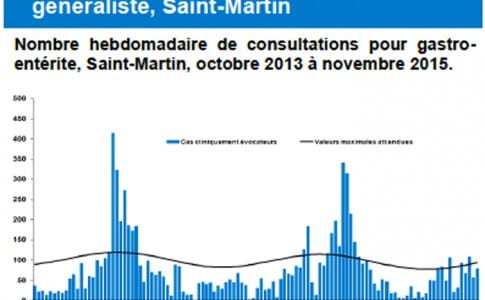After a journey of 70 km around the globe, the schooner Tara returned to Lorient on Saturday October 000, with thousands of samples of micro-organisms in order to understand the functioning of ocean plankton. During this expedition, scientists were also interested in the impact of the Amazon River on Sargassum.
After almost two years of the “Microbiome” mission, the scientific schooner Tara stopped over on the island of Groix before heading to Lorient, its home port, last Saturday.
During its voyage from Chile to Africa, via the Amazon and Antarctica, the famous laboratory sailboat designed by explorer Jean-Louis Etienne took nearly 25 samples of marine micro-organisms (viruses, bacteria, animals, etc.).
“All this data will be analyzed. In 18 months to two years, we will start to have the first discoveries from this mission because while we are at sea, there are 300 researchers working,” said RomainTroublé, director of the Tara Foundation.
During the schooner's 22-month mission, scientists were particularly interested in the impact of the Amazon River, whose flow is around 200 million liters per second, on ocean life and the ocean microbiome.
"We think that the Amazon has a role in the development of sargassum", observes Samuel Chaffront, CNRS researcher at the University of Nantes. These algae, which proliferate in the West Indies, give off foul and toxic fumes when they rot on the shore. They have become a major health problem, in Martinique and Guadeloupe among others.
One hypothesis is that deforestation and increased agriculture in Brazil have increased the release of nitrogen fertilizers into the Amazon.
And to add: “This will allow the development of these sargassum which are invasive species and which are found as far as the African coasts. »
We will therefore see in 2024 if the results of the samples confirm this hypothesis. The data collected by Tara during these previous missions gave rise to more than 250 publications in the scientific press.
The 36 m long and 10 m wide schooner, with several laboratories on board, accommodates 14 people, including half a dozen scientists of all nationalities. The latter took turns on several occasions according to their research subjects.
6,431 total views







No comments